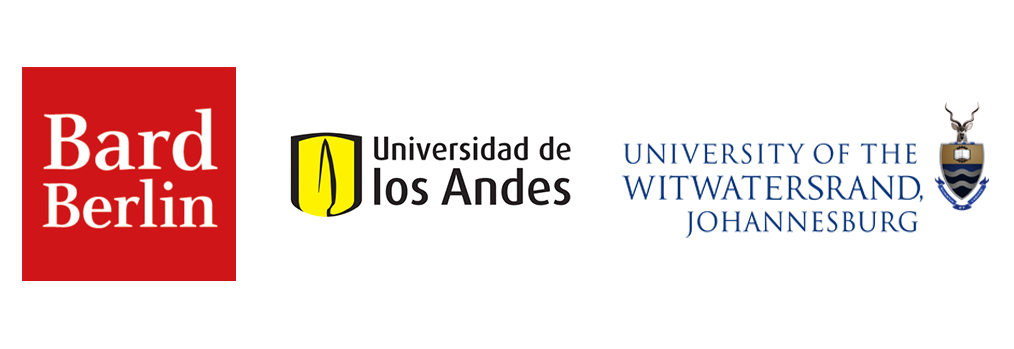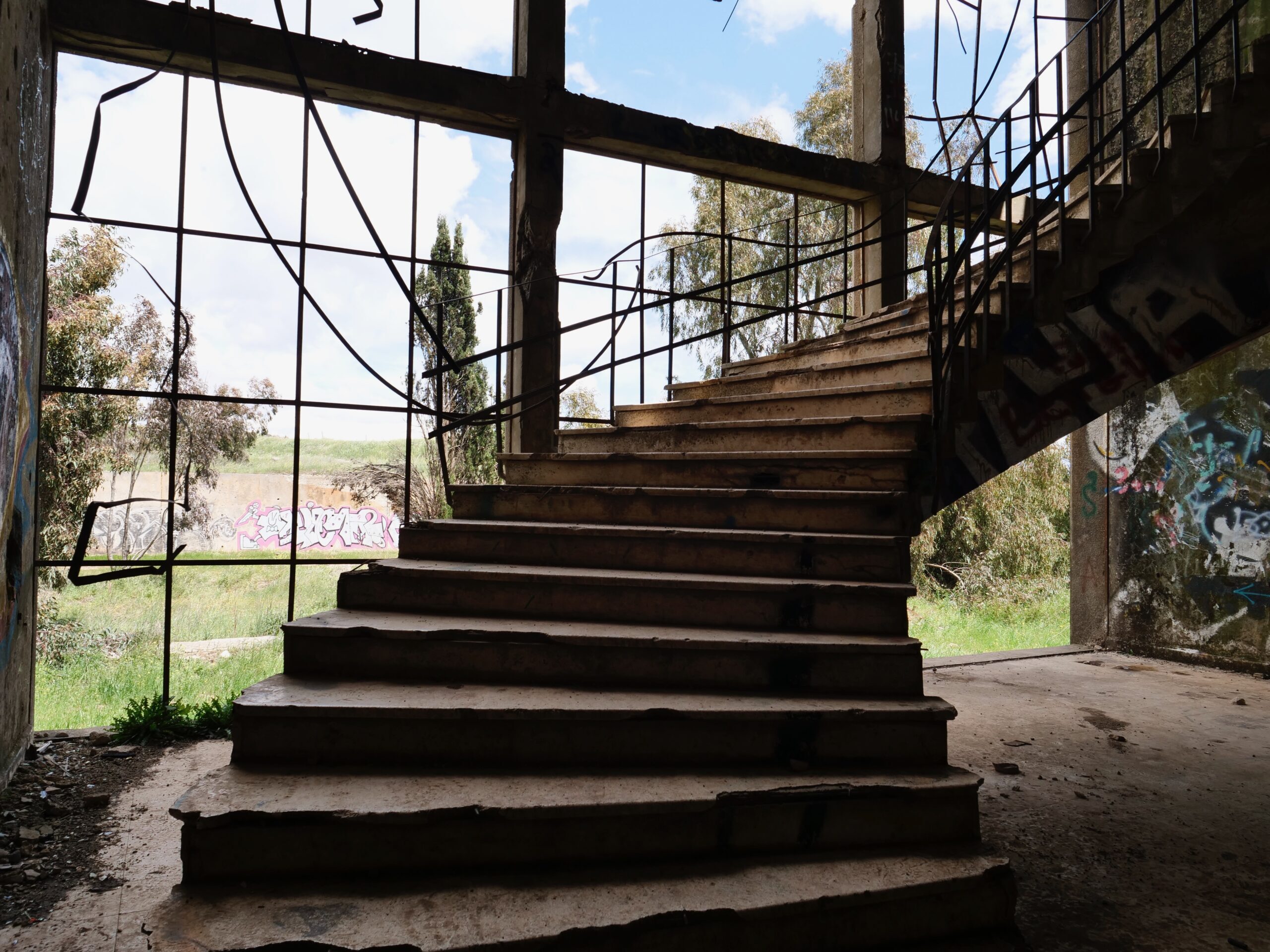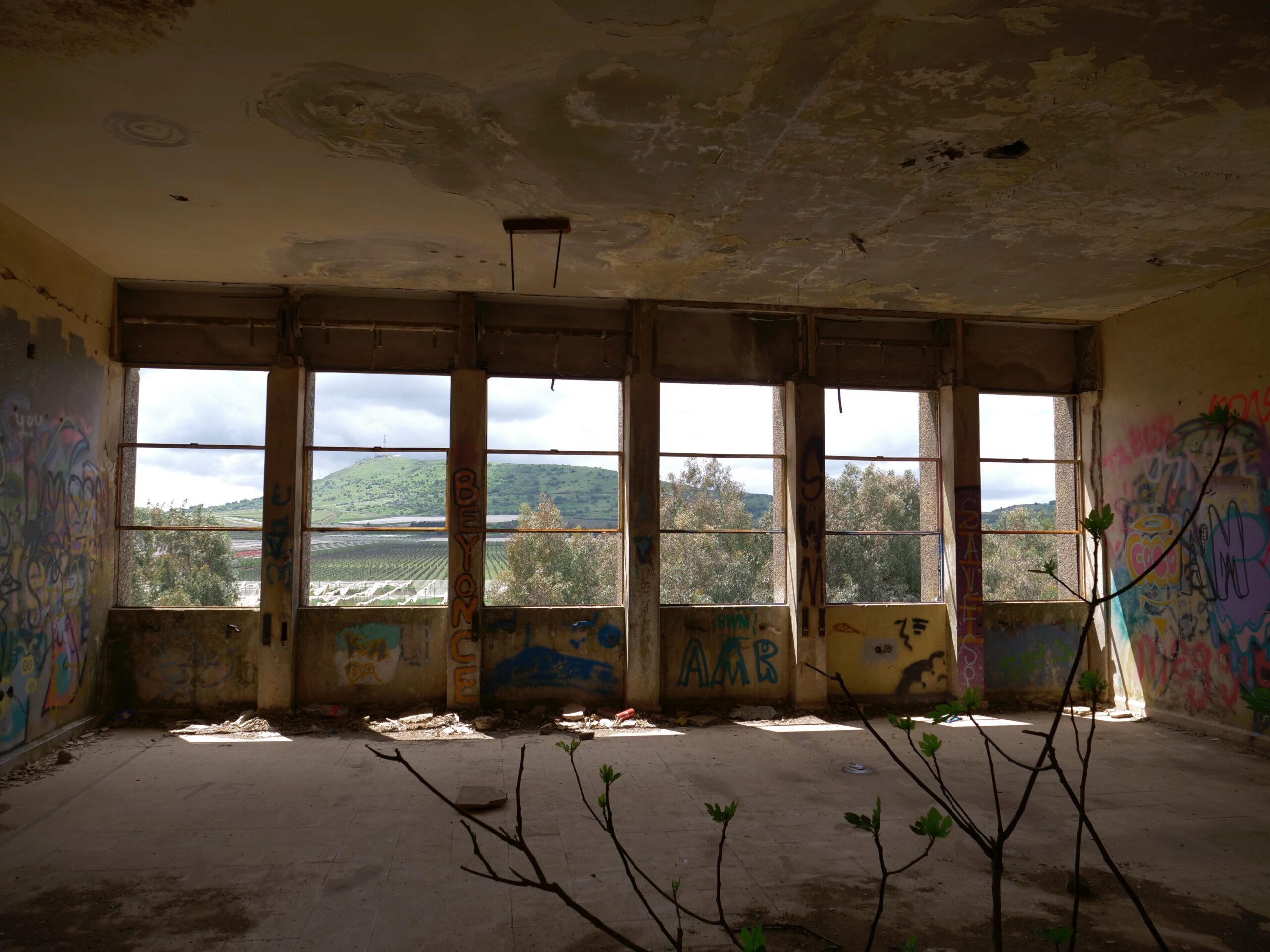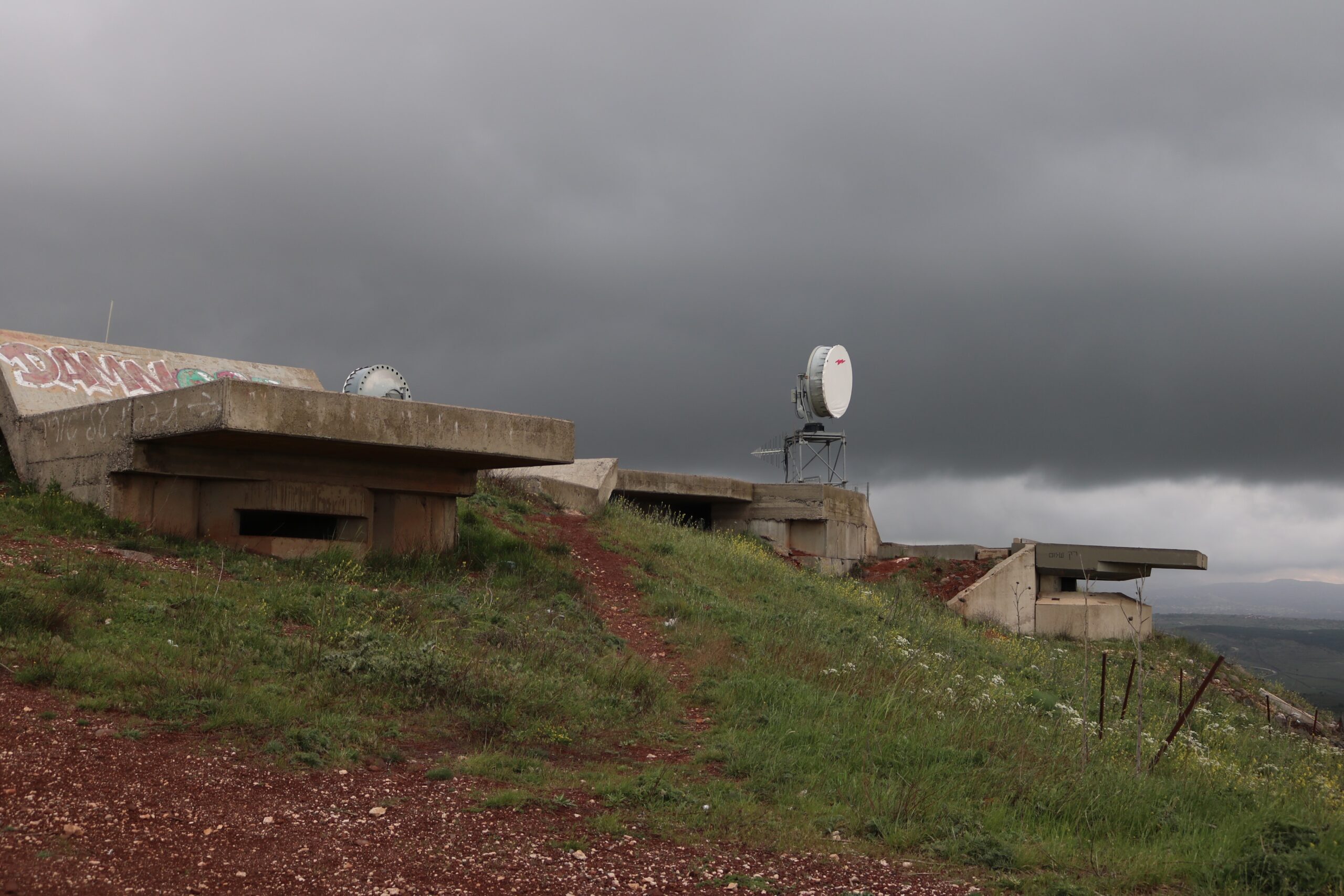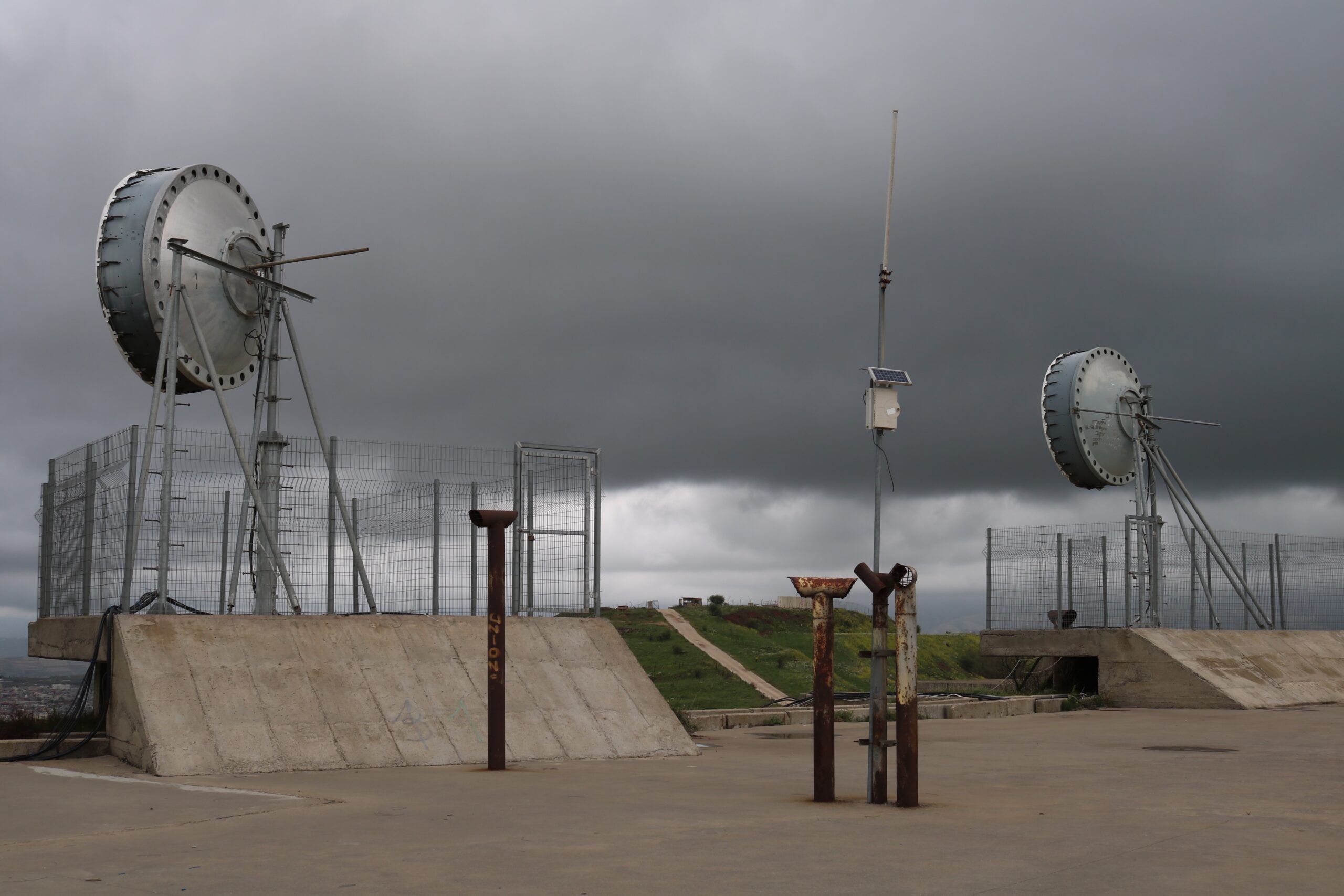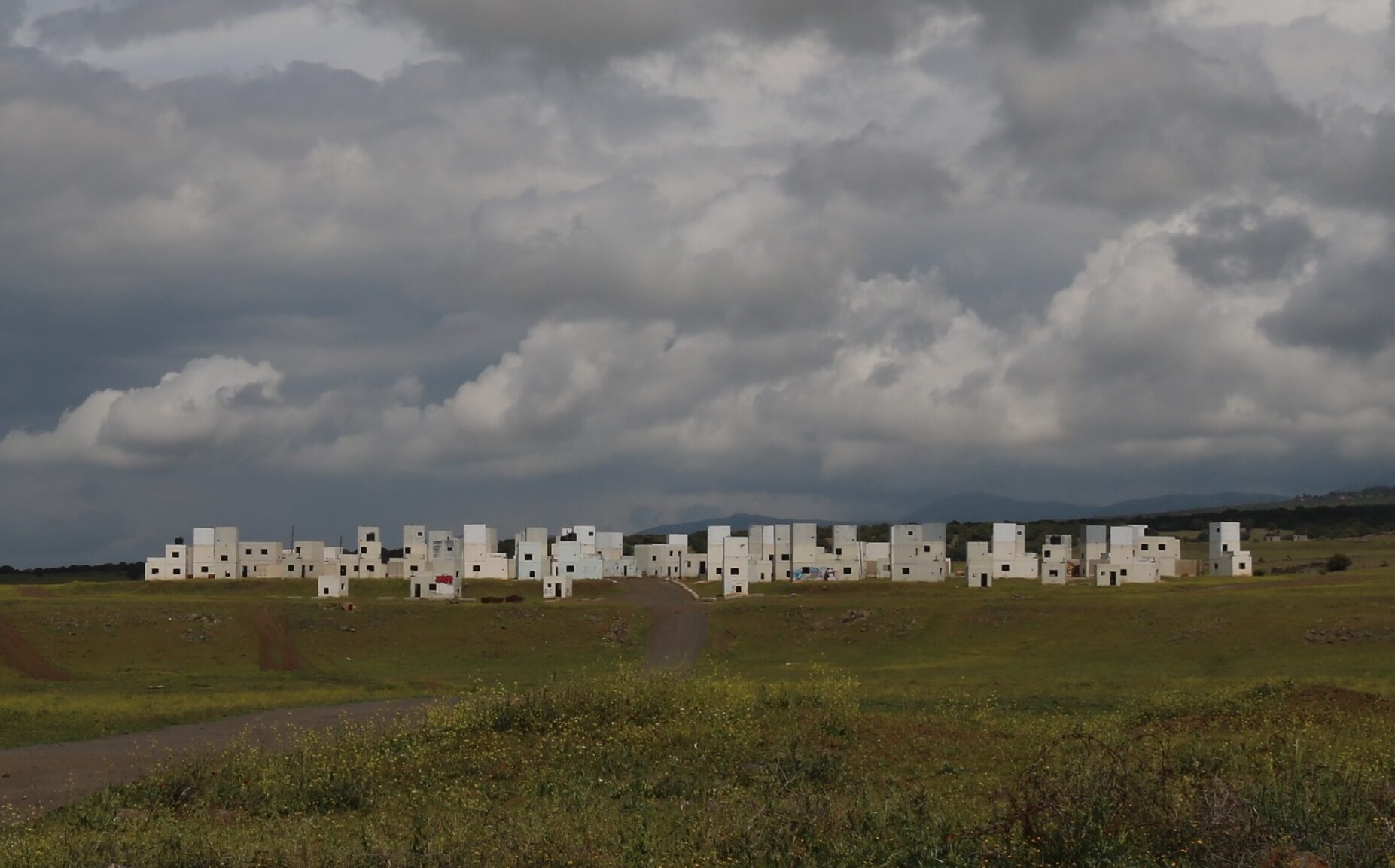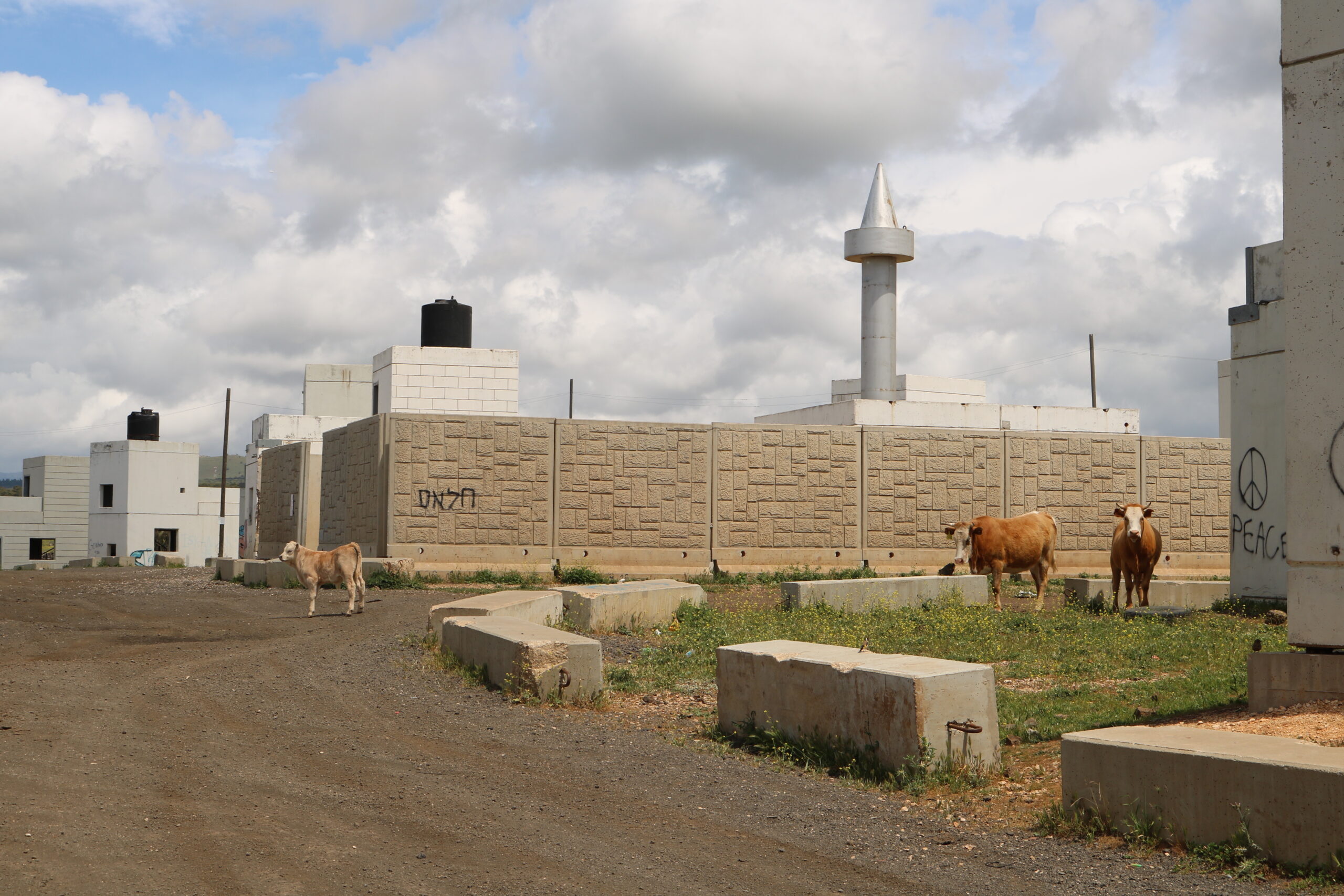Alma Weizman
Only god can love me
2025, Bard College Berlin
Photographs 40x60cm
This project looks at the Golan Heights as a place where you can literally see occupation and displacement built into the landscape. Before 1967, the area was full of Syrian villages and farms—over 200 of them—but after the Israeli occupation, almost all of them were destroyed and emptied out. Now, what’s left are piles of stone rubble, abandoned military zones, and wide open fields that feel quiet—but that quiet is part of the story.
One of the strangest things is the cows. Some of them are wild—descendants of the ones Syrian farmers had to leave behind when they fled—and others belong to Israeli settlers, but they live side by side. They roam through minefields, old villages, and even mock pseudo-Arab towns built by the military to train for urban warfare. These animals graze across a landscape that’s been turned into a mix of war rehearsal and pastoral calm.
The photos in this series move through those layers: fake villages, old lookout points, destroyed homes. It’s about how control and erasure can start to feel normal, even natural. And how cows can tell you something about power, histories of expulsion, and who gets to stay on the land.
Only god can love me photographs
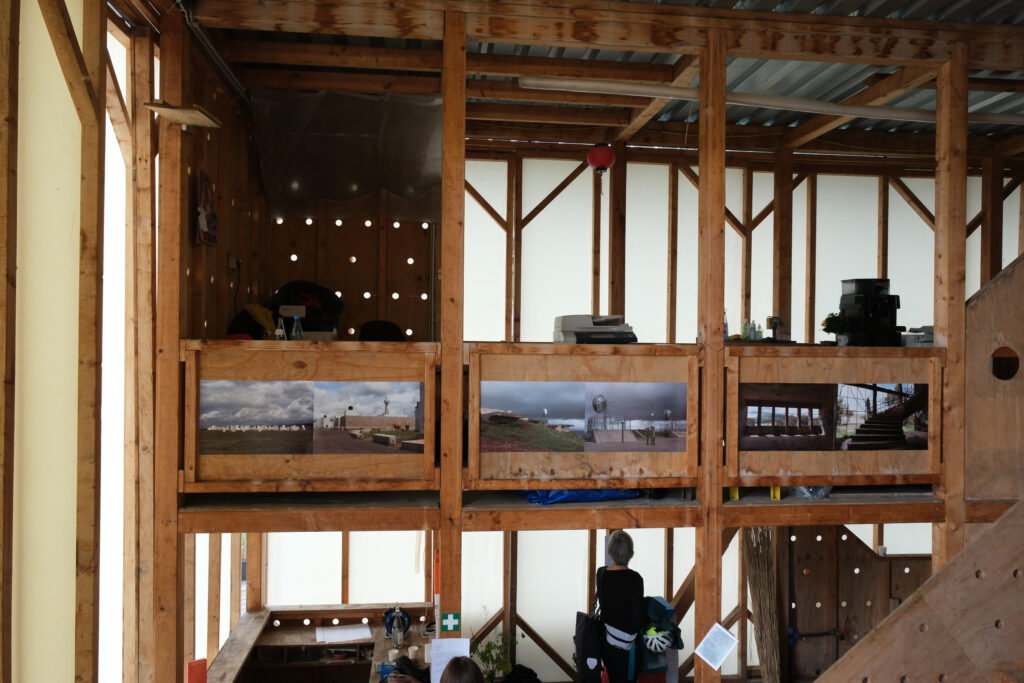
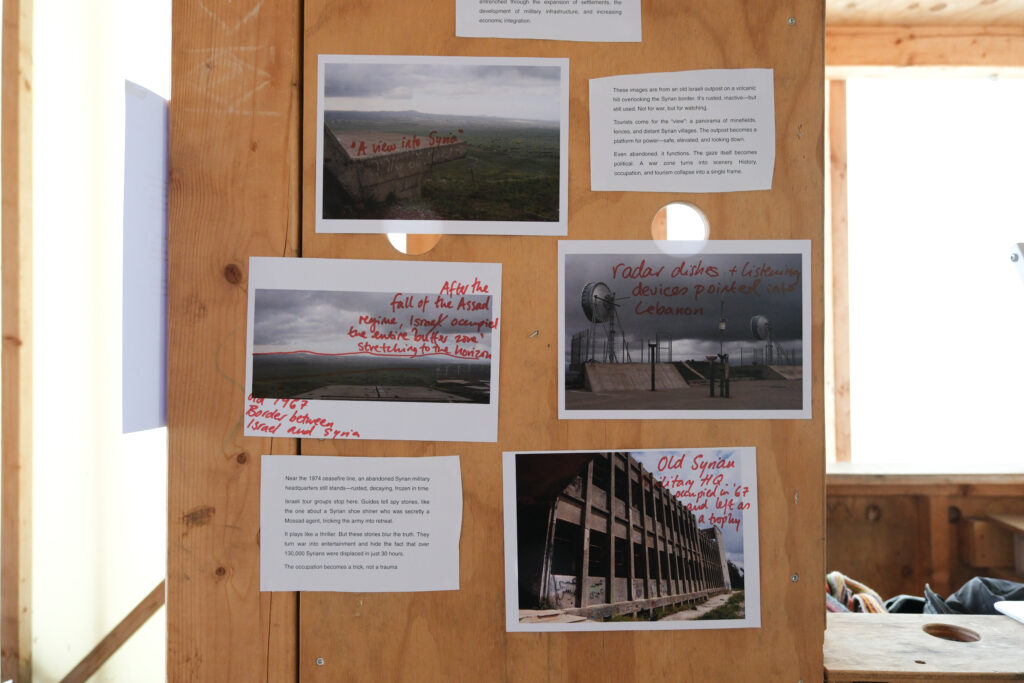
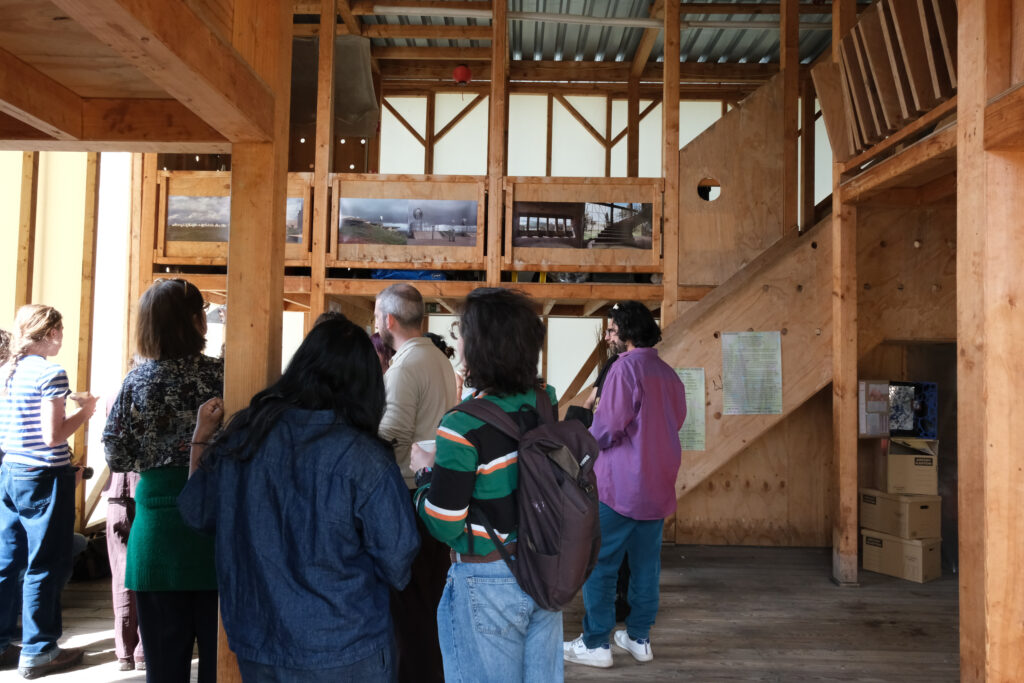
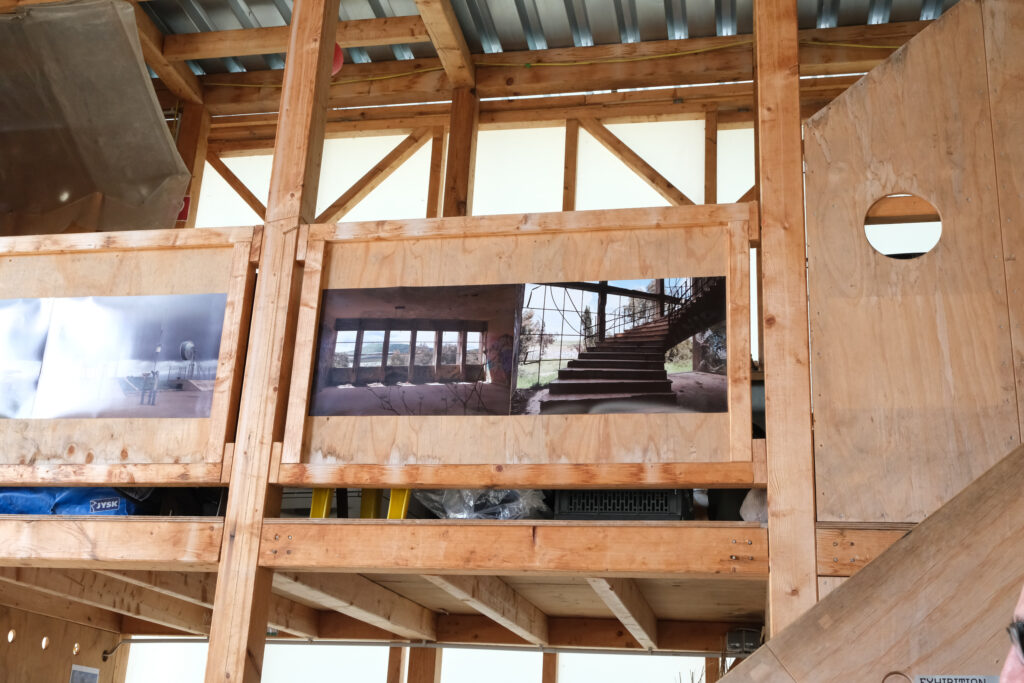
Only god can love me photographs as a part of We Threw Open the Doors exhibition

